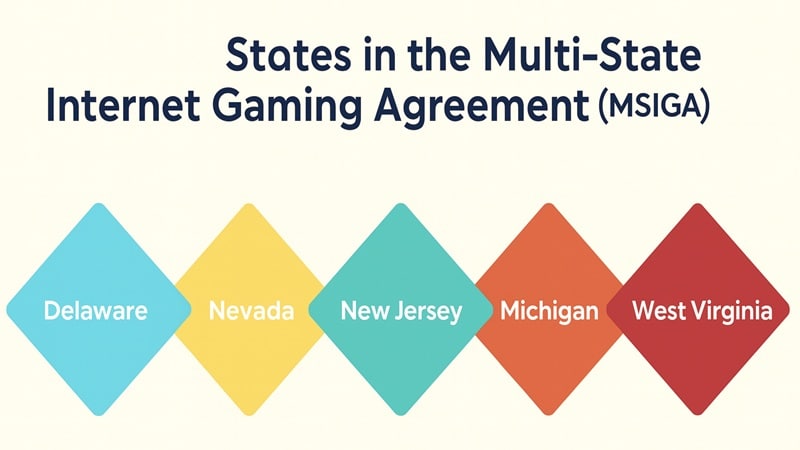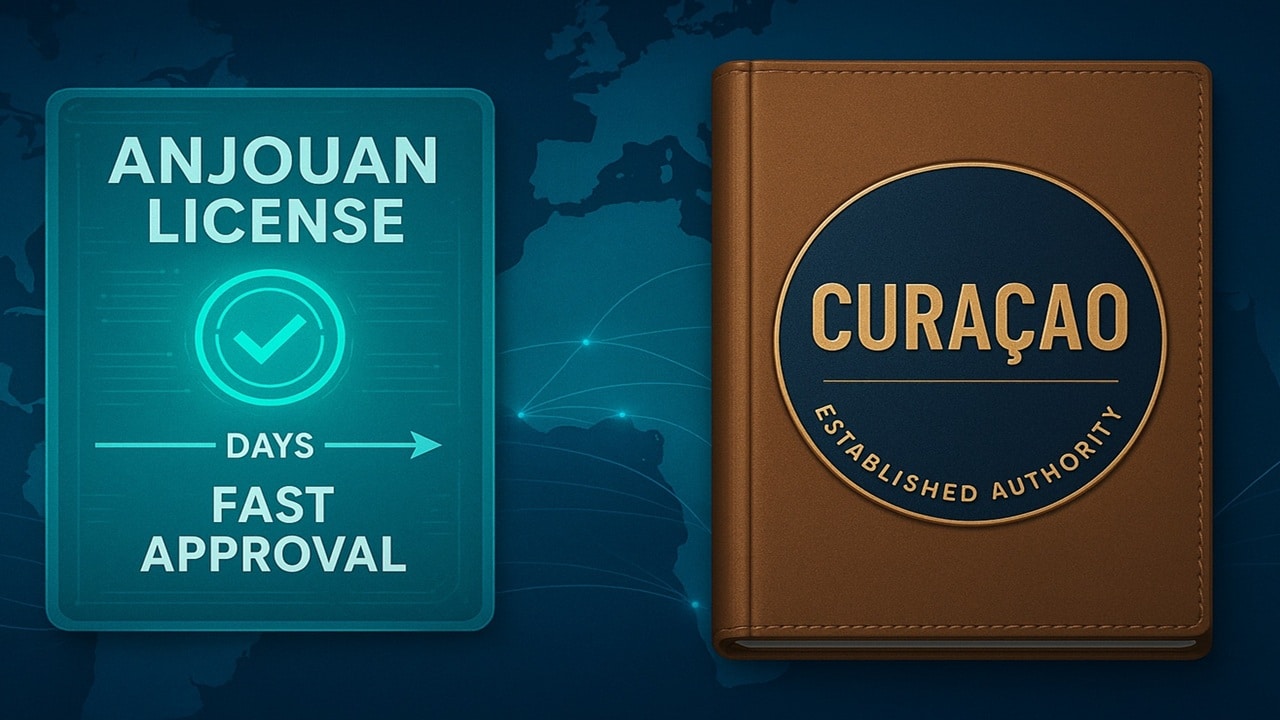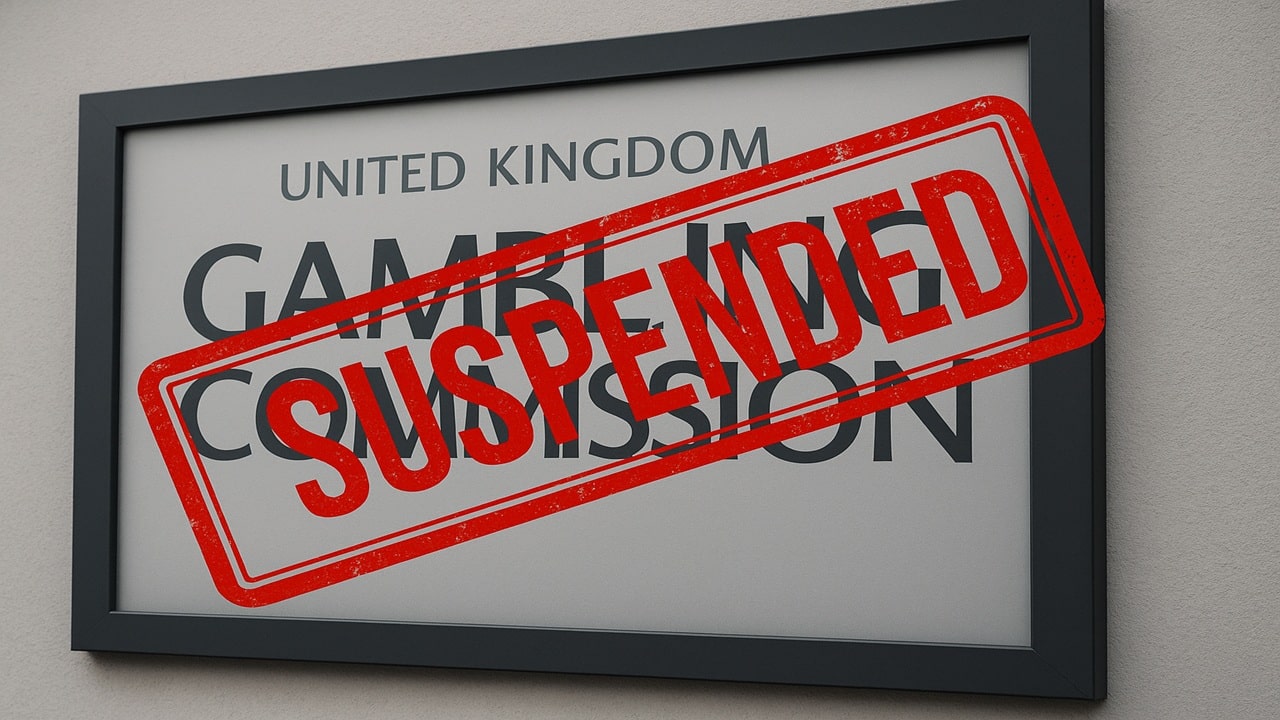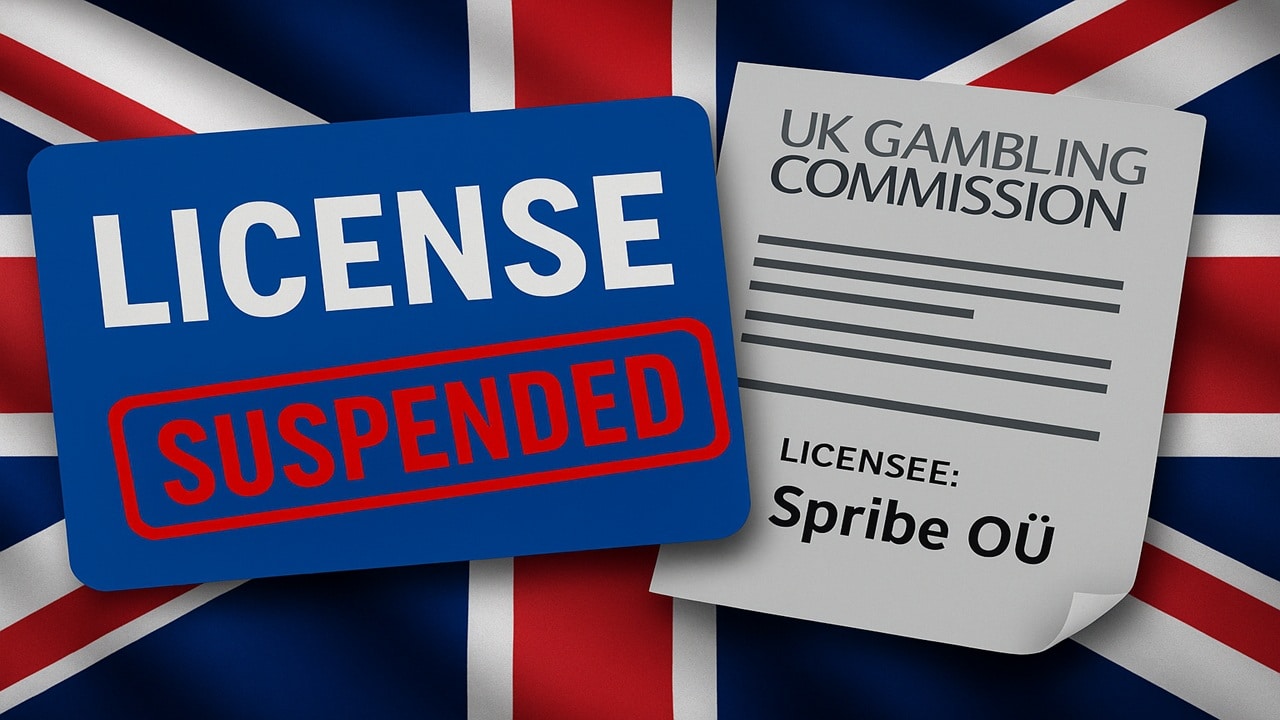
Ontarians playing on domestically licensed online poker sites will soon have access to a multi-million-player North American online poker network.
The poker chips are finally falling Ontario’s way.
In a 4-1 decision released November 12, Ontario’s Court of Appeal confirmed that the province can legally connect its online poker and daily fantasy sports players with international competitors, potentially ending three years of isolation that drove thousands of players to unregulated offshore sites.
But here’s what makes this really interesting: it’s not just about bigger poker tournaments or fantasy football pools. This ruling could fundamentally reshape how Ontario competes for gambling dollars in the digital age, and whether regulated sites can finally convince players that legal is better than offshore.
At this time, Delaware, Nevada, New Jersey, Michigan, West Virginia, Pennsylvania and other states share a poker network, and Ontario could become part of it. These states have a combined population of around 38 million, and with Ontario included, that’s another 16 million people who have access.
The Liquidity Crisis Nobody Talks About
Since Ontario launched its regulated iGaming market in April 2022, an uncomfortable truth has been lurking beneath the impressive revenue numbers: peer-to-peer poker accounts for only about 2% of the province’s total iGaming revenue, and it hasn’t grown. That has been evident in some of our Ontario revenue reports.
Between April 2024 and March 2025, Ontario’s regulated gambling market generated $3.2 billion in gross gaming revenue, but P2P poker revenue flatlined while casino gaming revenue jumped 36% and sports betting climbed 23%.
The problem? Ring-fencing killed liquidity. Ontario players could suddenly only compete against other Ontarians, roughly 16 million people today, a decent pool on paper, but a far cry from the global markets players enjoyed during the pre-2022 boom years.
Smaller player pools meant smaller tournament prizes, fewer games running around the clock, and less action at higher stakes. Major operators like DraftKings and FanDuel pulled their DFS operations entirely, deciding Ontario’s closed market couldn’t sustain their business model. Poker platforms like PokerStars and GGPoker stayed, but players noticed the difference immediately.
Key Takeaways:
- Cross-border play would address Ontario’s liquidity crisis while potentially channeling up to 36% of gambling activity away from offshore sites
- AGCO and iGaming Ontario would maintain full regulatory control through jurisdiction-specific platforms
- Implementation requires international agreements, technical infrastructure, and likely 12-18 months minimum
- Success could make Ontario a model for regulated markets competing against offshore operators globally

CBC News: One of the publications that also reports on the same story with another angle is the news story about Ontario online gamblers to play with people outside Canada.
Issues With Ontarians Choosing Offshore Online Gambling Sites
70% of gambling took place on unregulated sites in 2022. By 2024, about 16% still exclusively used grey market sites, with another 20% mixing legal and illegal platforms. Up to 36% of Ontario’s gambling activity still touches the unregulated market, and for poker specifically, it’s likely worse. By the way, to make another point clear, Ontario’s laws do not ban offshore sites from accepting players in the province. The primary rule in place is that these sites cannot advertise using media outlets in Ontario.
Why? Offshore sites offer what Ontario’s ring-fenced market simply can’t: massive international liquidity with six and seven-figure tournament guarantees. The bigger the player pool, the bigger the prizes, which attracts more players—a cycle Ontario couldn’t compete with.
How The New Model Will Work and How It Actually Works Now
Under the proposed model, Ontario players would access games through Ontario-dedicated sites, while international participants would connect through platforms under their own jurisdictions’ oversight. A player in Ontario logs into PokerStars Ontario. A player in New Jersey logs into PokerStars New Jersey. They sit at the same virtual table, but each is subject to their home jurisdiction’s regulations.
iGaming Ontario would retain full access to all gaming data for Ontario players. The AGCO would continue independent regulatory oversight. Ontario would maintain the right to establish maximum rake and determine which games could be offered. The province would need to strike agreements with international operators, foreign regulators, and foreign jurisdictions, while aligning age verification and responsible gaming protocols across countries.
Ontario could join the Multi-State Internet Gaming Agreement (MSIGA), which US states already use, creating a massive North American player pool that would rival anything offshore sites offer. This agreement in the Us has been in place for some years now.
When Will the New Poker Network Come to Ontarians?
Truthfully, don’t expect international poker immediately. The Canadian Lottery Coalition has 30 days to appeal to the Supreme Court of Canada. Even without an appeal, numerous operational questions remain around governance, taxation, determining which jurisdictions qualify, and establishing compliance frameworks.
Ontario regulators must create new rules for cross-border operations, determine which jurisdictions they’ll connect with, and build technical infrastructure—likely taking 12-18 months minimum.
If Ontario succeeds, the value proposition becomes compelling: massive international liquidity plus the safety net of provincial regulation, legitimate dispute resolution, and player protection standards. It could convince DraftKings and FanDuel to return and channel 20-36% of grey-market activity back to regulated sites. Alberta is positioning itself as Canada’s second regulated iGaming market, with launch planned for late 2026 or early 2027. A combined Ontario-Alberta player pool of 21 million people would suddenly make Canadian liquidity competitive globally.
For operators, why run grey market risks when you can access the same pools through regulated channels? For players, why deal with offshore sites’ sketchy payment processors when regulated sites offer comparable games?
Casinoplusbonus Opinion
This ruling is a significant victory, but a legal green light doesn’t guarantee successful implementation. Ontario must now execute perfectly: negotiating international agreements, building infrastructure, coordinating with AGCO, and convincing players that the regulated market can finally compete. If they succeed, Ontario becomes North America’s premier regulated online gambling market, proof you can have player protection and competitive liquidity. If they stumble, those offshore players won’t wait around.
Forgive the pun, but the chips are on the table. Now, Ontario has to play its hand perfectly.





























Leave A Comment